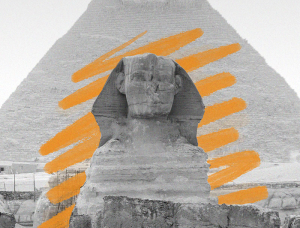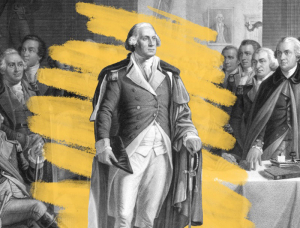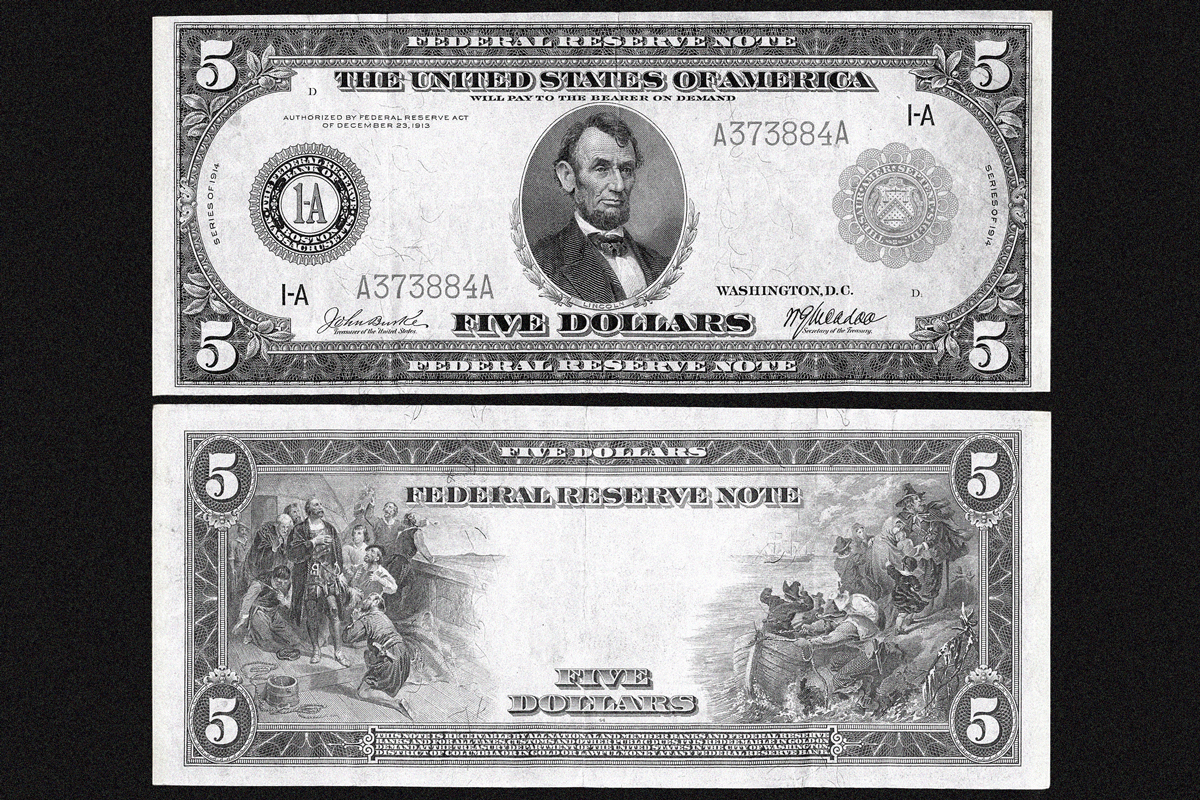Why Are U.S. Dollars Green?
U.S. currency is strongly associated with the green color that blankets these bills — so much so that “green” is understood to be a synonym for “money.” But while this link is deeply ingrained in the public psyche, that certainly wasn’t the case for anyone around before the U.S. government pushed out the first wave of green notes during the Civil War.
At the time, there was no standard suggesting that money needed to be green, as evidenced by the plethora of colors found on currency around the world. So how exactly did American bills wind up coated in this particular hue?

Early Currency Was Easily Counterfeited
There was paper currency in circulation when the United States took its first baby steps into nationhood, although it wasn’t green. From 1775 to 1779, the Continental Congress issued more than $2 million in paper bills to fund the Revolutionary War. These “Continentals,” which joined the foreign coins and various paper banknotes already in circulation, were tan-colored and made from a distinct cloth mixture that was intended to offset attempts at counterfeiting.
Nevertheless, the British successfully introduced a stream of counterfeit bills into the colonies to devalue the American currency exacerbating the inflation problems caused by overprinting paper money that wasn’t backed by commodities such as gold or silver. By the end of the war, Continentals were all but worthless.
Mindful of the lessons learned from previous efforts to distribute money, Congress passed the Coinage Act in 1792, which established the U.S. Mint and specific denominations of copper, silver, and gold coins — but no paper currency.


















